Click the blue text
Follow us
When it comes to makers, the Arduino tool is undoubtedly indispensable, as it is almost a must-have for showcasing creativity at Maker events.
What is Arduino?
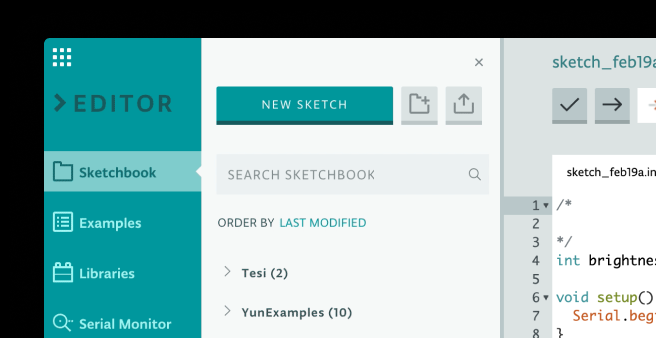
01
The intelligent open-source electronic prototyping platform—Arduino is a convenient, flexible, and easy-to-use open-source electronic prototyping platform. It includes hardware (various models of Arduino boards) and software (Arduino IDE). Developed by a European team in the winter of 2005, it is built on an open-source simple I/O interface and has a development environment similar to Java and C language called Processing/Wiring. It mainly consists of two parts: the hardware part is the Arduino circuit board used for circuit connections; the other is the Arduino IDE, which is the programming development environment on your computer. You just need to write the program code in the IDE, upload the program to the Arduino board, and the program will tell the Arduino board what to do.
02
Arduino can sense the environment through a variety of sensors and can control lights, motors, and other devices to respond to and influence the environment. The microcontroller on the board can be programmed using the Arduino programming language, compiled into binary files, and burned into the microcontroller. Programming for Arduino is accomplished through the Arduino programming language (based on Wiring) and the Arduino development environment (based on Processing). Projects based on Arduino can include only Arduino or can involve Arduino and other software running on a PC, which communicate with each other (such as Flash, Processing, MaxMSP) to achieve functionality.
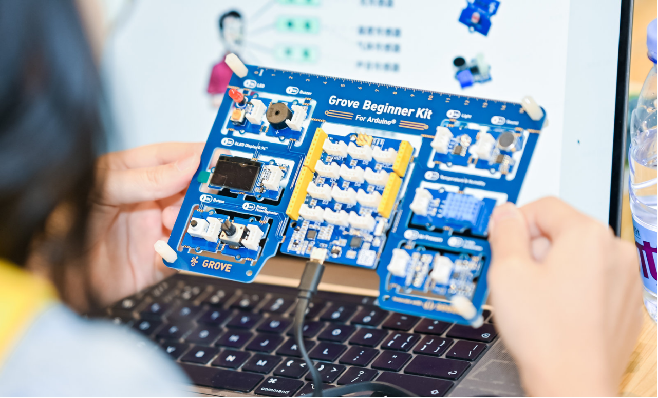
Advantages of Arduino
01
Easy to Use
Asa simple tool for rapid prototyping, the Arduino programming language is highly abstracted and does not require much microcontroller or programming knowledge to get started. It is very friendly for complete beginners, and has become known as a “toy” among many. Its friendliness is highlighted by this answer on Zhihu 👇

02
Openness
Under the Creative Commons license, anyone is allowed to produce copies of the circuit boards, redesign them, and even sell copies of the original designs. You do not need to pay royalties or even obtain permission from the Arduino team. This means that you can modify the original design and corresponding code at will within the scope of the open-source agreement.
03
Low Cost
Compared to other microcontrollers, Arduino boards are inexpensive.
04
Community Support and Resources
Arduino hasmany developers and users, and you can find numerous open-source example codes and hardware designs provided by them. For example, you can find third-party hardware, peripherals, libraries, and more support for Arduino on websites like Github.com, Arduino.cc, Openjumper.com,making it faster and easier to expand your Arduino projects.
05
Cross-Platform
The Arduino IDE can run on the three major operating systems: Windows, Macintosh OS (Mac OS), and Linux, while most other controllers can only be developed on Windows.
06
Strong Compatibility
Arduino can use existing electronic components such as switches or sensors or other control devices, LEDs, stepper motors, or other output devices. It can easily connect to sensors and various electronic components such as infrared, ultrasonic, thermistors, photoresistors, servos, etc.
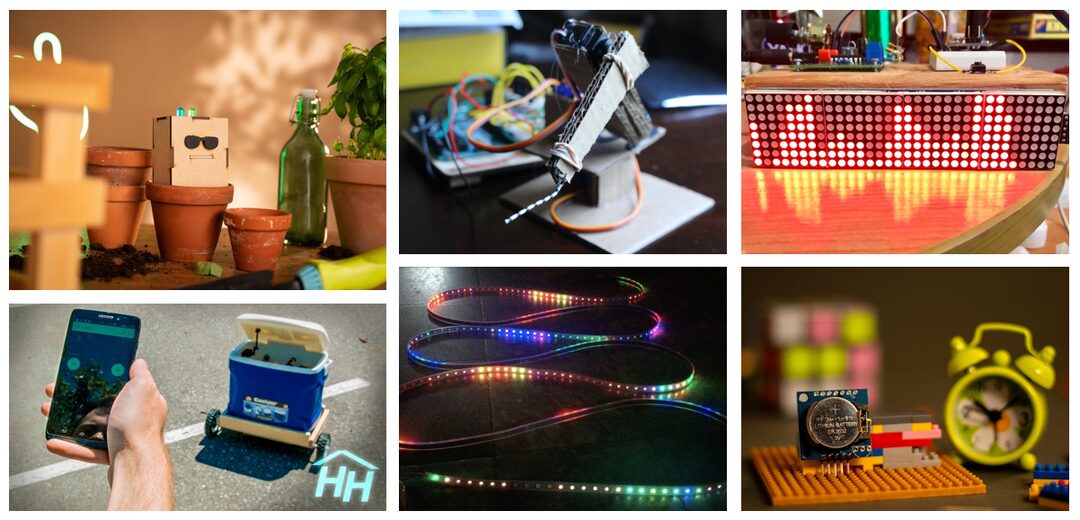
A variety of Arduino projects in the open-source community
Based on the above advantages, for designers and artists, you can achieve relatively cool interactive art installations without having to deal with programming all day. And if you want to become a professional electronic engineer or switch to hardware, Arduino may become the best choice for entry or rapid prototyping. Of course, if you just want to do some electronic projects as a hobby to enter the open-source hardware community, then Arduino is probably the simplest stepping stone.
What Can You Gain from Arduino?
Since there are hundreds of modules corresponding to the entire Arduino system, it is impossible to explain and teach them one by one. Therefore, it is necessary to guide hands-on projects through some simple introductory practices, to see the big picture from the small, guiding everyone to get started with Arduino. Through a compact smart hardware training camp, students can gain:
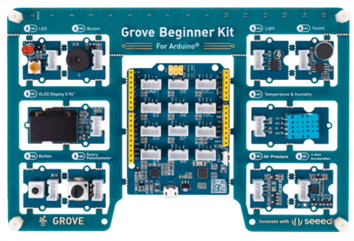
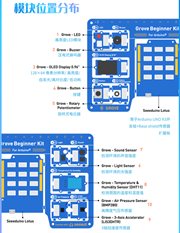
Understanding the basic functions of Arduino smart hardware, input modules, and output modules
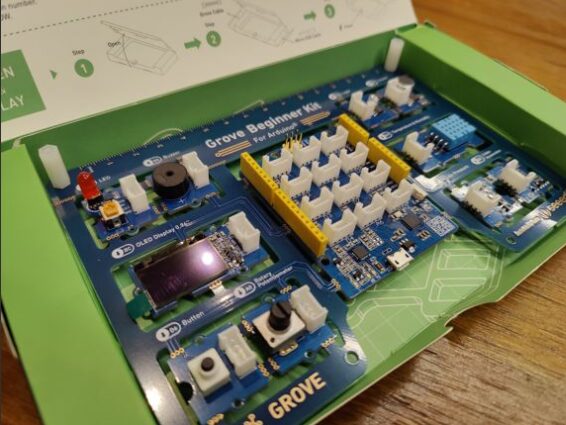
Understanding the technical parameters of the Arduino smart hardware main controller, taking the Grove Beginner Kit for Arduino as an example, clearly recognizing what input modules are available (temperature, humidity, pressure, buttons, etc.) and what output modules are available (LEDs, buzzers, OLED displays). You can learn more about the specific content of more modules through Seeed Wiki, laying the foundation for applying modules in subsequent projects.
Mastering the use of the Arduino IDE hardware compilation platform
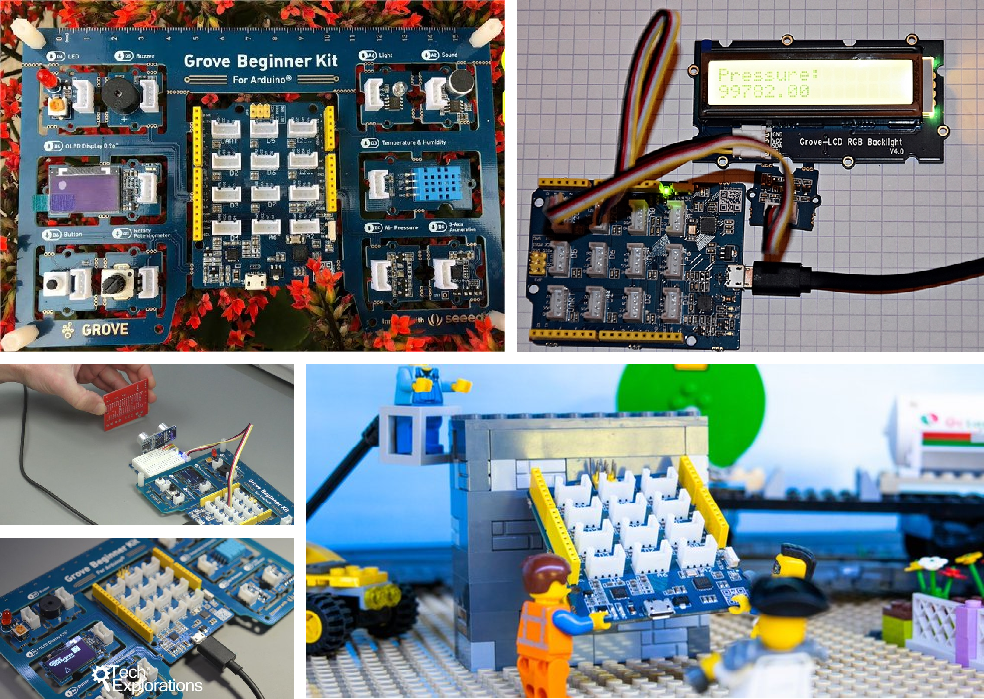
Understanding the program logic architecture involved in implementing smart hardware projects through program flowcharts. Understanding the compilation logic architecture through example codes and learning how to combine multiple modules, including methods and related skills.
Mastering the calling methods, physical connection methods, library installation, and usage of Arduino smart hardware modules
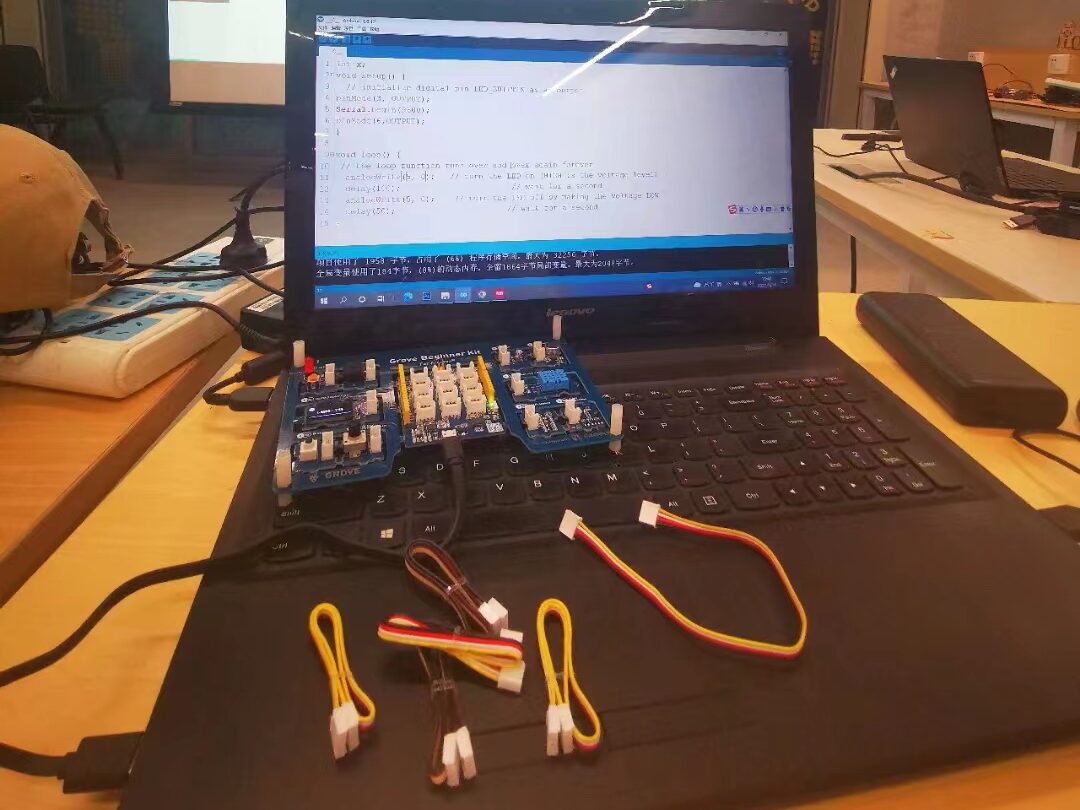
Understanding how to search for, install, and call libraries related to Arduino smart hardware, and understanding the flow logic and physical connection methods from software—compiler—compilation upload—to hardware, such as the grove connection method.
Adjusting existing projects to meet the required hardware modules
Smart hardware projects do not only have high-end descriptions and high-precision, high-cost implementation methods. There are also practical, low-cost universal implementation methods. By using universal implementation methods to realize project demos, then consider iterating and upgrading the project. For example: if the original project requires high precision and high-cost industrial laser ranging radar (which does not meet public demand), can it be replaced with a low-cost ultrasonic sensor under the premise of ensuring certain precision (which meets public demand)?
How Can Arduino Practice Help Our Project Ideas?
Based on the above scientific explanations, we know that Arduino can receive input signals from various sensors to detect the operating environment and influence its surrounding environment by controlling light sources, motors, and other actuators. Now suppose we want to create a blind guiding electronic device…
1. Determine the function of this device, maker culture, and open-source community
· Input function: Detect the distance to the front in some way
· Output function: Provide distance information through sound playback rhythm
2. Determine the specific hardware modules and components involved in achieving these functions
· Input function module selection: Use an ultrasonic sensor? Or an infrared distance sensor? Or laser ranging?
· Output function module selection: Use a speaker? Or a buzzer? Or a vibration module?
· The selection of these modules needs to be comprehensively considered based on “cost” and “mass production” needs.
3. Find the corresponding modules, connect them to the Arduino controller, and implement their functions through programming.
Source | Reproduced from the internet
Statement | Except for original articles from the Bojia Robot Club headquarters, all online shared and reproduced articles are for promoting children’s programming education in China, for learning and communication purposes only, non-commercial use, and will be noted as the source. If the original authors of the articles or photos have any objections, please contact customer service for quick processing or deletion. Thank you for your support.